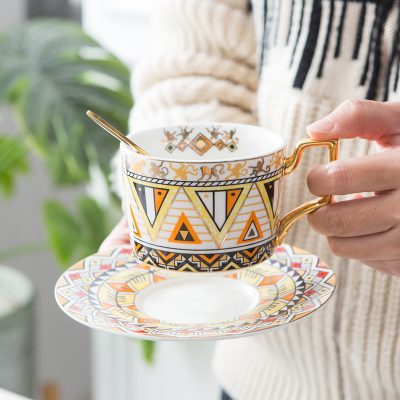1. The glaze has less flux, high melting point and insufficient firing temperature;
2. The glazing is too thin, or the glaze is not evenly stirred during glazing;
3. When the glazed body is close to the porous body and utensils with strong water absorption, it is easy to affect the glaze of the glazed body;
4. There is too much sulfur in the fuel, and the sulfur dioxide gas and ash are combined with the glaze to form sulfide, which increases the melting point of the glaze and promotes the glaze to be dull.
Countermeasures for the lack of light on the glazed surface of ceramic cups
1. Appropriately increase the concentration of the glaze or apply the glaze several times;
2. Appropriately increase the flux in the glaze, reduce the refractoriness, or appropriately increase the firing temperature;
3. The glazed body should avoid being close to unglazed or some highly water-absorbing utensils. The unglazed body and the glazed body cannot be fired in the same saggar.







